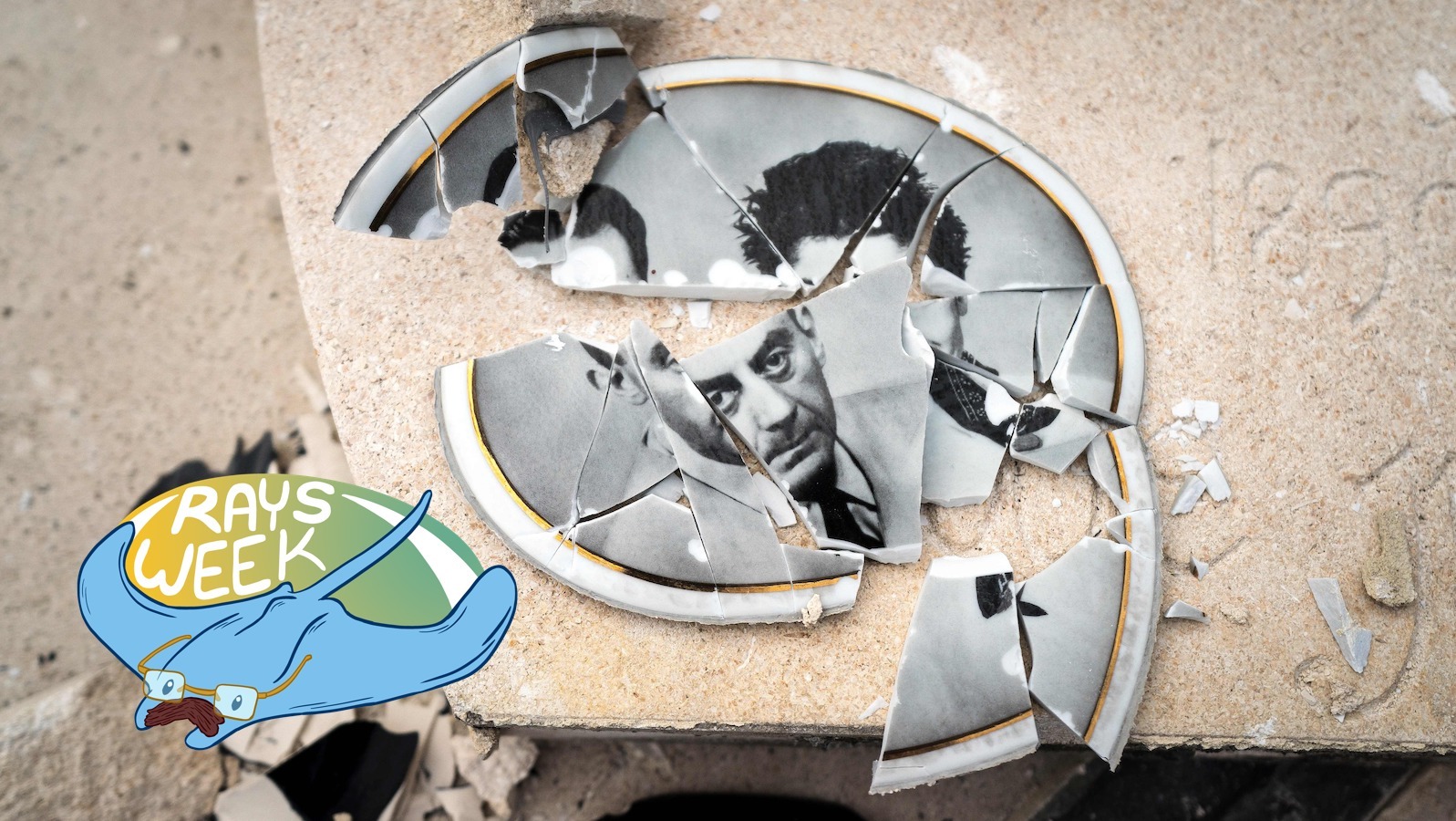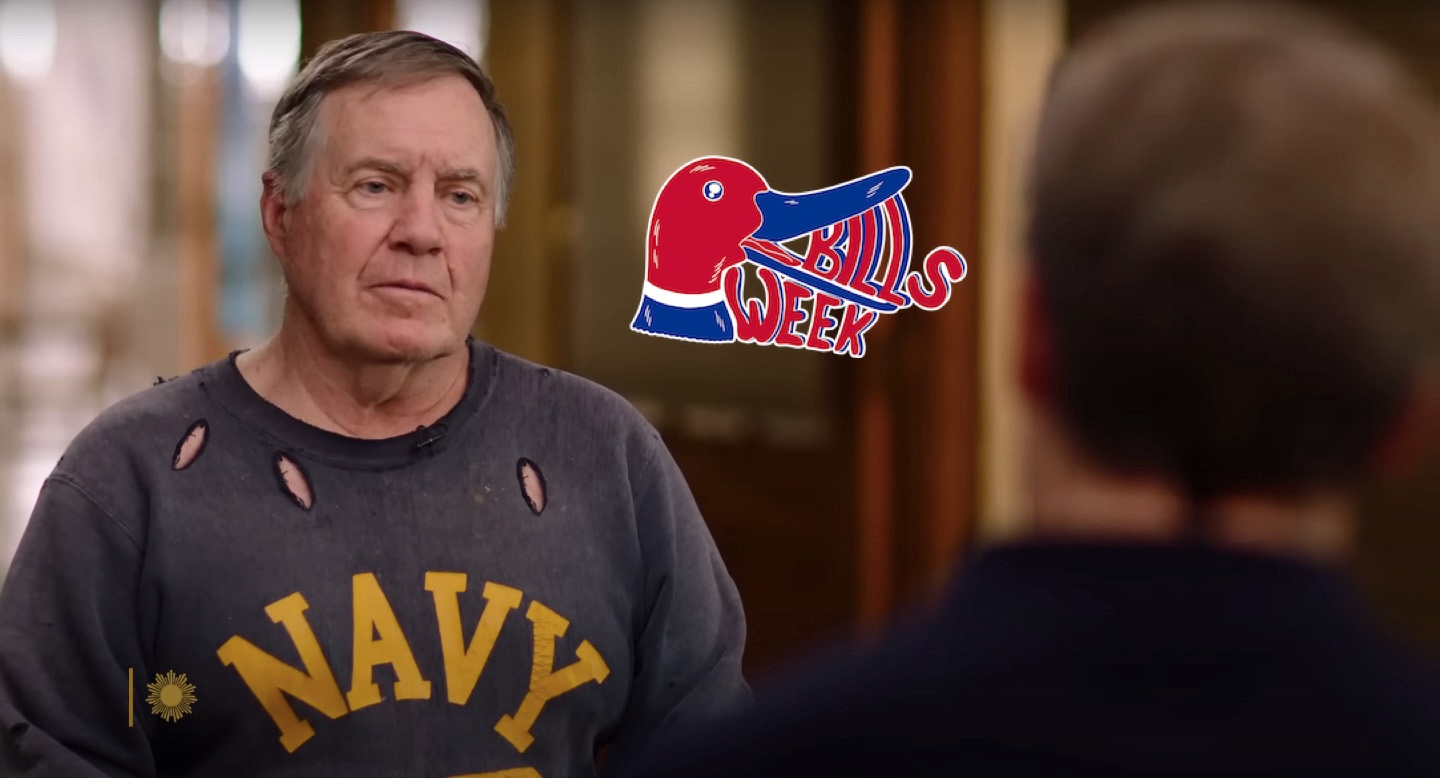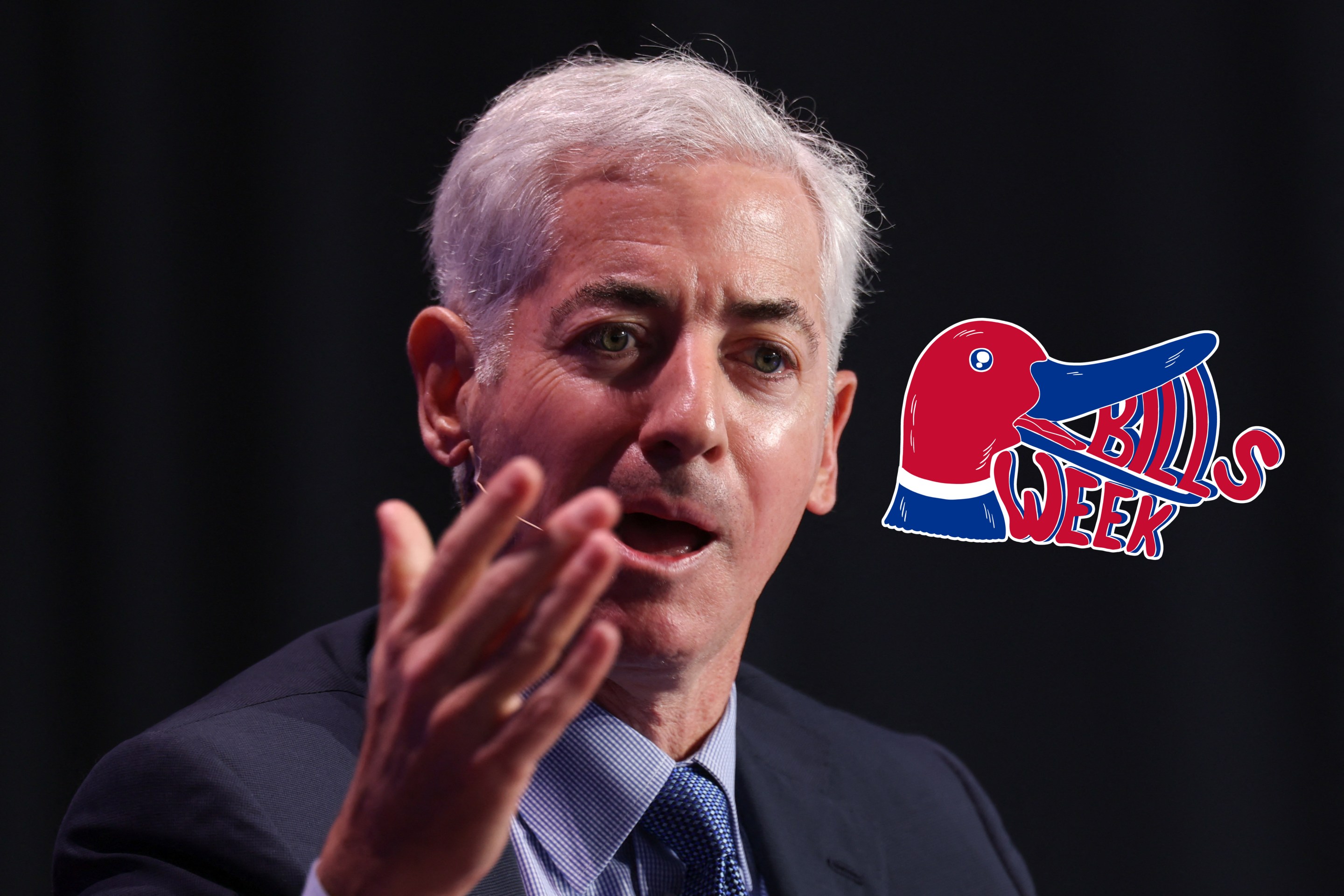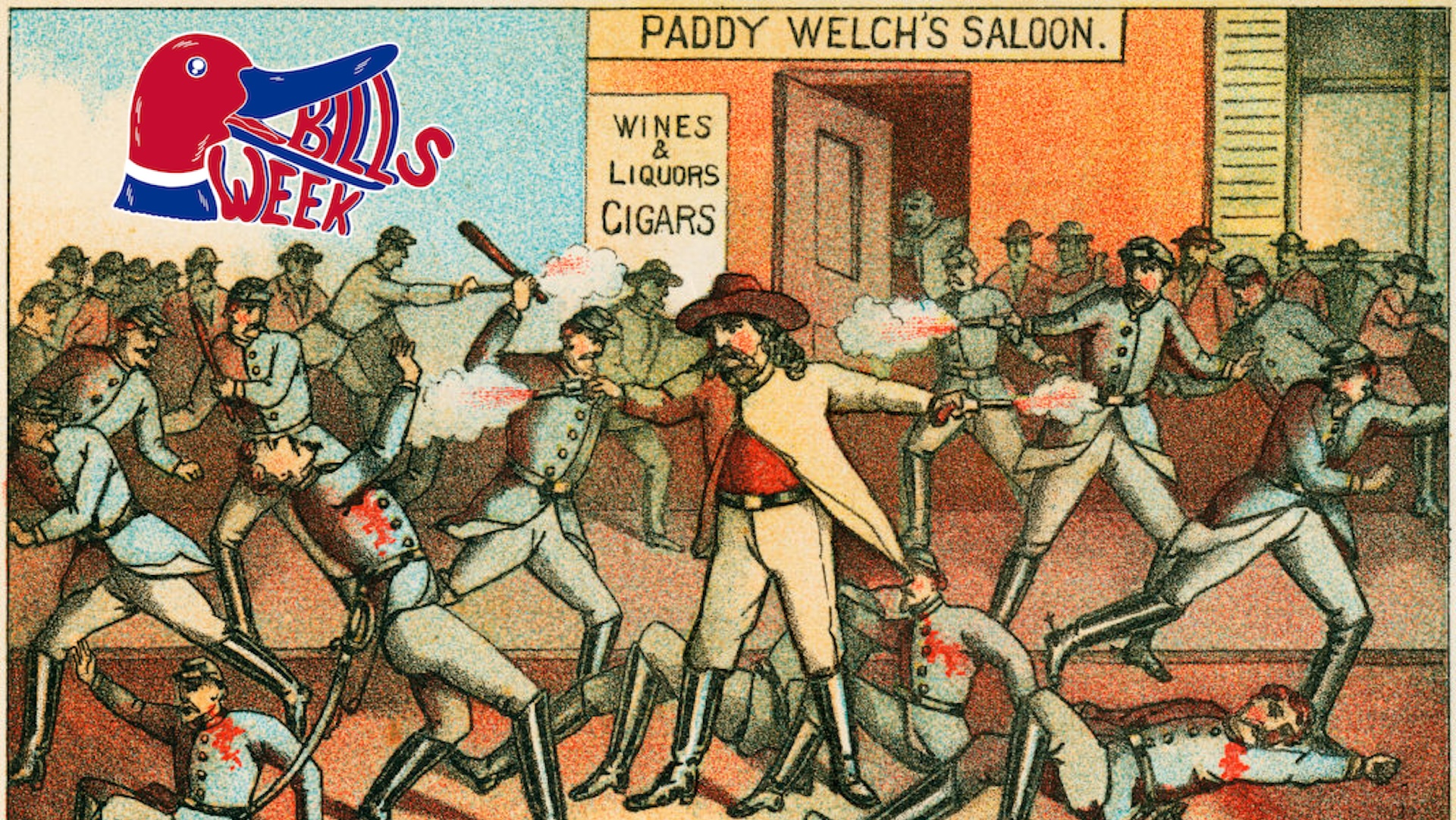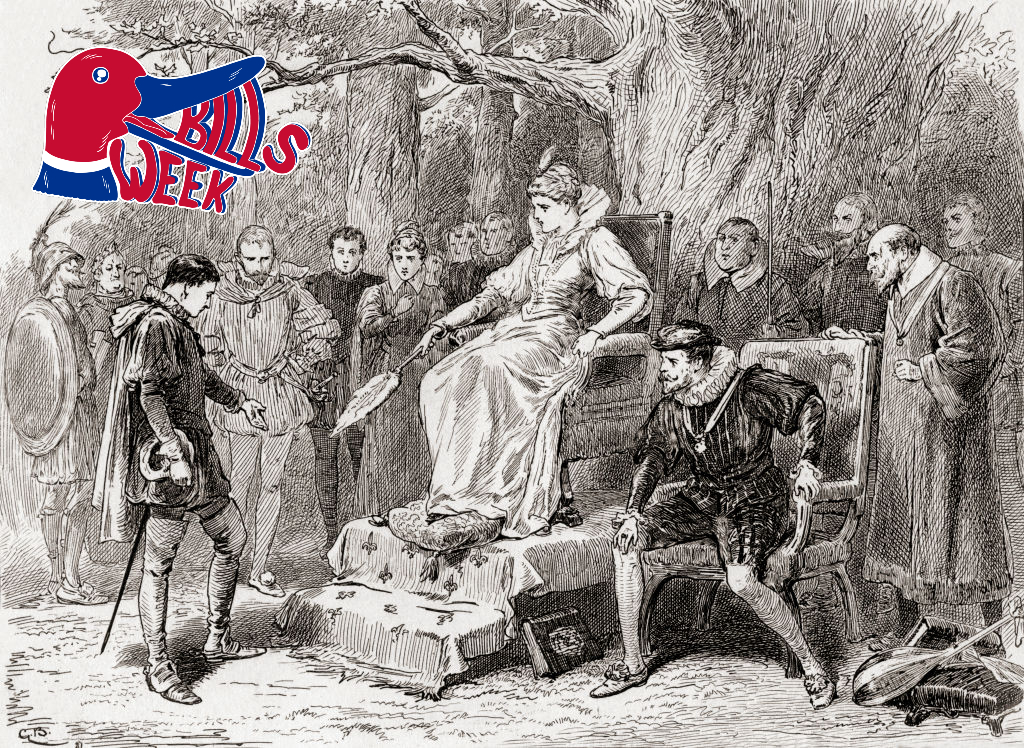When I was enrolled in a fine arts high school spending almost all of my days making art and talking to other teenagers about making art, there was a question that was so prolific and so overwhelming that it became a kind of constant joke. Someone would leave—as teenagers are wont to do—a crumpled-up gum wrapper on a table in one of the studios, and someone else would approach it. "Is this trash?" they would ask, wanting to clear the space. And someone else quickly would volley back our shared eternal unanswerable problem, that terrifying conundrum, the awful defining question of our lives: "Is it art?"
The answer is never clear. Everything can be art. Nothing can be. "Is it art, or is it trash?" is perhaps the defining problem for the modern art movement in general because the answer is another question: What do you think it is?
This is infuriating to a teenager, or anyone attempting to create things. It is much easier to judge your own work against a standardized metric than it is to build and accept standards for yourself. When we would whine and complain about how it would just be easier if there were clearer parameters, our teachers would always point us to the masters. Go to the museum. Look at what's there. Maybe you won't like some of it. But try to understand the why of this piece, why this artist, why this movement. The idea was simple: take in good art and you will output better art.
Sometimes, though, a very bad piece of art is just as instructive for learning how to make something good. For example, you could read Man Ray's 1963 memoir Self-Portrait to learn how not to write about yourself. This is the only reason I can think to recommend it.
My bias going into this autobiography is that I do not love Dadaism as a movement, because every single Dadaist seems annoying as hell. And in particular, I did not love Man Ray when I had studied him in the past because he was kind of fluid in his approach to art. He was easily swayed into a new movement or a new format by others, and so there was little consistency in his work. Perhaps, I thought, this would make his autobiography extraordinary. That's why I decided to read it.
Here was a man that was born in the 1890s, who lived until 1976. Man Ray lived in New York and Paris during their respective heydays for modern art. He hobnobbed with Marcel Duchamp and Alfred Stieglitz and Lee Miller and Pablo Picasso and Peggy Guggenheim and Salvador Dali and Jean Arp and Max Ernst and Joan Miro. He existed right on the outer edge of every major art movement of the 1920s, '30s, and '40s. He worked in paint, in photography, with found objects, with gouache. He fled Paris during the Second World War and had a half dozen artistic girlfriends and really struggled throughout his career with the question of what art should do.
The ingredients for a great autobiography are right there: the drama, the stakes, the mystique of 1930s art in Paris! And yet none of those things exist in Man Ray's autobiography, which could be more accurately described a series of scenes in which he name-drops his relationships to other artists. Man Ray the author lays out the obvious issues with Man Ray the person very clearly: He beats his wife, he does not respect any women he encounters, and he despises fat people. But it's impossible even to dislike him for these things, because the book is so bland that it is hard to feel anything about him at all.
I read all 400 pages in a kind of dazed frenzy. It should be interesting! All of it was so close to being interesting, but just missing some kind of special sauce. The anecdotes were theoretically good. In one, his wife, after seven years of jealously obsessing over whether or not he was having an affair and demanding full fidelity, goes to lunch with him and two Cuban guys and accidentally falls in love with one of them. Suddenly, she wants an open relationship! She wants to date them both! This is a nightmare for Man Ray, who does not want this. If you told me this tale at a bar, I would be riveted. And yet the pages in which he describes this are so dull that it is impossible to feel invested in the problem. He was clearly upset because a few months later he fled to Paris, but there's very little in the pages to speak to those feelings.
The flaw of this autobiography, of this tome as a piece of art, is stated clearly by Man Ray during a 12-page scene in which he describes how Picasso once drew him. "I must remember," Man Ray writes, "that I am doing a self-portrait and all self-portraits, except a few by expressionistic painters, have been self-flattering."
This is a fundamental misunderstanding of self-portraits as a form. It is portraits of others that are often demanded to be flattering. You can delete a wrinkle or eight wrinkles from your rich patron's face, lift her forehead on the canvas, heighten her hair. Most self-portraits throughout art history do not aim to be flattering. They aim to be realistic. They are aiming for truth, for emotion. A self-portrait, more than any other kind of art, is the opportunity to try something new, to spend every ounce of energy you have, to leave it all on the canvas.
In self-portraiture you (generally) use a mirror to see yourself, to force yourself into discovery. Good art, almost always, regardless of its technical prowess or contemporary impact, functions as a kind of mirror. You observe what someone else has created, and you see yourself by accident, hiding there: a memory you buried, a story you'd forgotten. It doesn't matter how old the work is. You can read Gilgamesh and be jarred by the death of your own friend, so recent and so painful.
Here's what Alexander Chee wrote in How To Write An Autobiographical Novel, a book that, sadly, Man Ray did not get to read:
"To write is to tell a ticket to escape, not from the truth, but into it. My job is to make something happen in a space barely larger than the span of your hand, behind your eyes, distilled out of all that I have carried, from friends, teachers, people met on planes, people I have only seen in my mind, all my mother and father ever did, every favorite book, until it meets and distills from you, the reader, something out of the everything it finds in you. All of this meets along the edge of a sentence like this on, as if the sentence is a fence, with you on one side and me on the other."
There are two sides to producing art. The first is to satisfy whatever innate desire to create exists within us as people. For this, anything is sufficient as long as it is up to the standards of the individual. In this aspect, Man Ray's art is successful. Consistently throughout his career he abandoned styles and ideas that no longer excited him even if someone rich was begging him to continue. He quit every job he felt didn't pay enough or required him to be in the office more than he wanted to. Man Ray understood the complex decision making required to produce something you're proud of regardless of what the market required. This, really, was the Dadaists' strength: being intentionally rowdy and blasé and uninterested in the desires of capital.
But the second consideration in producing art is who is the audience. Art can be made only for you, and perhaps that is the core disruption happening in this book. There is a large gulf between creation and consumption, and the bridge between them is your awareness as an artist of your audience, something Man Ray did not seem interested in during his career and certainly did not keep in mind during the writing of his autobiography.
Perhaps it is naive of me to try and draw a lesson from this autobiography, but I want to. Usually, I would not finish a book like this. I would quit 60 pages in when I got bored. But I kept hoping that in all of the name-dropping this book would become more like Francoise Gilot's Life With Picasso: a bitchy riot of a book about the same era. I hoped with every turn of the page that Man Ray would tell me something I didn't know: a feeling and not a fact, an observation not listed in a Wikipedia entry.
But this work has none of the curiosity that has to sit at the heart of any good work of art. Man Ray is not curious about himself, or really even about his friends or his place in the world and so even though his fine art is important and his place in art history monumental, the book feels like 400 pages of nothing.
I have a quote taped to my wall that Karl Ove Knausgaard gave to the Paris Review, where he said, "Improving writing isn't my goal, my goal is to make the writing go to new places, to explore things, to search for meaning, to look for the world. It is not about trying to write one great novel. To me, all writing is the same, be it essays, novels, non-fictions, diaries, or letters. They all have some of that search in them. "
What is interesting, and vulnerable about art is that at its core, it is about you. It's about the person you are, the ways you evolve. Sure, you can learn a new skill. You can study a new form. You can improve your vocabulary. But at the end of the day, what's on the page is only what you can bring to it. That is what makes the memoir (or autobiography or autofiction novel or interconnected essays about an individual, whatever you want to call this form) so challenging: At every turn, the limitation is the author. Your ability to write is a limitation, but so is your ability to think and your ability to perceive yourself and your ability to make a narrative out of the seemingly meaningless moments that make up a person's life.
Annie Dillard wrote in The Writing Life that "anything you do not give freely and abundantly [on the page] becomes lost to you. You open your safe and find ashes." Personal writing works best for the writer who spends it all, never holds back, and allows their lives to be critiqued and lauded and destroyed for their honesty. The best autobiographies are the ones that feel a little too vulnerable, a little too close, a little too real, that make us think hard about who we are and what we want.
Self-Portrait fails as a work not because Man Ray's life was uninteresting, but because his curiosity about art and form and function did not extend to himself. Luckily, I guess, for all of you, this autobiography is out of print.
